ISO is the least understood and most misrepresented concept in photography. Let me explain what ISO is and what it is not.
Part I: The History of ISO


Part II: ISO in the Digital Era

When digital cameras entered the scene, the ISO standards developed in the days of film were adapted to suit new technologies. To put it simply, ISO in digital sensors is just an arbitrary scale that describes the amount of amplification applied to the analog signal from the sensor before it is converted into a digital number.
First, a digital camera is composed of three main devices: the camera sensor, the gain circuit, and the analog-to-digital converter (ADC). When a picture is taken, the shutter curtains over the sensor open, allowing light to be collected. The length that the shutter is open, also known as shutter speed, and the rate at which light is collected, which is determined by the lens’ aperture and the light from the environment, are the two variables that will affect how much light ends up being collected by the camera. Photons hitting the sensor accumulate in tiny “wells” called photosites, and the energy of the photons is converted into voltages corresponding to each pixel on the sensor. These tiny voltages comprise the “analog signal” and directly after leaving the sensor, the analog signal is amplified by the gain circuit to be processed by the ADC. The ADC is a chip inside your digital camera that classifies the voltages of pixels into levels of brightness and assesses each level to a binary number, consisting of zeroes and ones. This is done through a process called “quantization” which effectively takes the analog signal and creates a sequence of numbers that best estimates the original input. All ADCs have a fixed range of voltages they can receive and quantize into a digital signal as well as a fixed resolution of possible output values. Many ADCs in cameras have a resolution of 8 bits meaning they can encode an analog input to one in 256 different levels (2^8=256). Now that we know a bit more about how a camera takes a photo and processes it from a light to a digital signal used to create an image, let’s go over how ISO affects all of this.
Part III: ISO Myths Debunked
First, unlike film, ISO does NOT change the sensitivity of the sensor in the literal sense. A sensor has a fixed quantum efficiency determined during production that cannot be modified due to any camera setting. The misconception that ISO is equivalent to the sensitivity of the image-sensing material is a myth derived from the days of film when such a declaration was true. ISO in digital cameras is exactly that, digital. ISO is amplification, and changing ISO changes how much the analog signal, the raw amount of light gathered, is boosted to produce an image that looks properly exposed.
The best way to explain this is with an analogy. In a radio, the radio box and antenna represent the camera sensor and lens while the radio waves the antenna receives are akin to photons entering the camera lens and falling onto the sensor, or radio box. The antenna receives radio waves and the radio box takes that raw analog signal and converts it to sound much like a lens receives light while the sensor and other electronics collect that light and convert it from an analog to a digital signal. Radios have a variety of buttons and knobs to control their functions, but all of them will have some sort of volume control. The volume control on a radio takes the signal being collected and simply amplifies it to make it louder or softer, but as you may have experienced, if the signal is weak to begin with, meaning there is a lot of static and it is hard to hear, when the volume is increased the resulting sound is louder yet also has more static (noise). On the contrary, if the signal is loud from the beginning, you won’t need to increase the volume as much, and the amount of static barely changes.
This is exactly like ISO in a digital camera: light is emitted randomly from objects and over time the randomness of the photons averages out to produce a clean signal. If the camera exposes the scene and gathers a large amount of light, the ratio of signal to noise (signal-to-noise ratio, or SNR), will be higher and the data will need no amplification. When the signal is not amplified, we call this the camera’s “native ISO” which for most cameras is anywhere from 50-200. If the light gathered by the camera is weak and not enough to produce a properly brightened image, the data will need to be amplified, and because light is composed of signal and noise, not only will the good signal be amplified but the noise will be amplified as well. The ratio of signal to noise then becomes lower and more noise is present in the final image. To recap, lower ISO values indicate less amplification of light gathered by a camera while higher ISO values indicate more amplification of light, thus increasing the brightness of the final image but not the exposure since exposure is determined by the physical amount of light captured before any amplification takes place.
Taking this notion further, another myth regarding ISO that does not transfer directly from film to digital is one stating “Increasing ISO increases noise.” The problem I and many other technical photographers have with this statement is that while it applies to scenarios where the ISO is increased with an equivalent exposure decrease to maintain a certain brightness, increasing ISO while maintaining the same exposure settings only amplifies the data, so while the noise will be amplified, the signal will be as well, and the SNR will not change. In fact, in ISO-variant cameras, raising the ISO may decrease the visible noise. Let’s explore this concept.
PART IV: ISO-Variance and ISO-Invariance
In order to explore ISO-variance and ISO-invariance, we need to understand the sources of noise in digital images.
Dark current is noise caused by heat, and it is a relatively even distribution of noise that cannot be avoided without applying dedicated cooling systems to your camera. If you’re familiar with astrophotography, many astrophotography-specific cameras will attempt to mitigate dark current with advanced cooling mechanisms. Some high-end astrophotography cameras even use liquid nitrogen cooling!
Hot pixels are individual pixels that look much brighter than they should. They are also called “sparkles” or “dead pixels.” All cameras have a few hot pixels which will appear and fade with time, but with higher temperatures, they will become more numerous and visible. Hot pixels are caused by tiny current leaks in the wells of photosites on the camera sensor. When current leaks into a photosite, it causes it to have more voltage in the well and thus the analog signal will be converted into a larger digital signal, appearing brighter in the final photo.
Photon noise, or shot noise, is caused by the inherent particle nature of light. Photons from objects are emitted in random directions, and due to this, light is not distributed evenly across the sensor during an exposure. This causes some pixels to appear lighter or darker than others and is the main source of noise in most photos. The effects of photon noise, thankfully, can be mitigated with stacking and long exposures, which can average out the noise to produce a cleaner image.
Read noise is the last main source of noise in images. Read noise exists in all cameras and is produced from the electronics of the sensor, gain circuit, and ADC. Read noise is most apparent when low amounts of analog signal travel to the ADC, originating from downstream electronics, and in many cameras, read noise decreases as the analog signal is amplified. This is because if analog data is amplified in-camera, then the ratio of signal to read noise increases, since read noise is a fixed value.
This brings us back to the notion that ISO and noise are not directly coupled and the concept of ISO-variant and ISO-invariant cameras. In ISO-variant cameras, using low-ISO settings in combination with low light levels might actually be detrimental to noise levels, since the read noise is high and the signal is low, resulting in a low SNR, especially in shadows. Canon cameras are noticeably ISO-variant, and looking at this series of images from the Canon 6D, when exposure levels are raised in post-production rather than in camera, banding noise becomes clearly visible in ISOs of 100 to 1600. Beyond ISO 3200, the noise levels remain the same, indicating that the read noise has reached a level below the general noise floor.

This slideshow illustrates the effect of raising ISO on the noise quality in images taken with a Canon camera. Credit: lonelyspeck.com.
This is why in ISO-variant cameras, when shooting in low-light environments where not much light naturally exists, it is best to amplify the data in-camera instead of in RAW processors such as Lightroom.
ISO-invariant cameras have lower read noise levels such that in low-light shooting conditions, the SNR stays more constant as ISO settings change. Another name for these types of cameras is “ISO-less,” because, in theory, you can shoot at any ISO and boost the exposure in post-production. Even ISO-variant cameras will eventually act like ISO-invariant cameras because at a certain point the amplification of the analog signal will overcome the noisy electronics which produce read noise and any increase in ISO will show minimal to no difference in the noise present in the photo. In low-light environments, it is best to shoot at the native ISO for completely ISO-invariant cameras and amplify in post-production, while for ISO-variant cameras it’s best to shoot with high ISOs until the camera becomes ISO-less. Why would you want to shoot at a lower ISO if all ISO does is amplify signal and may even reduce noise? Because increasing ISO also decreases dynamic range.
Part V: Dynamic Range and ISO

The relationship between ISO and dynamic range is very technical, but all you really need to know is that as ISO increases dynamic range decreases. Because of this, ISO-invariant cameras allow users to shoot at low ISOs to preserve dynamic range, yet because of the low read noise, a sort of “fake” ISO in RAW processors can be applied by increasing the exposure slider, amplifying data to increase brightness. The reason why increasing ISO decreases dynamic range boils down to the fundamental nature of the ADC inside the camera. As I said earlier, the ADC converts an analog signal from the sensor into a digital signal that we can view and edit. Furthermore, the ADC can only accept a range of voltages to digitize, and it’s a restriction baked into its transistors, capacitors, and electronics; the range is fixed and cannot be altered. When ISO is increased, the analog voltage is amplified, and if, say, the maximum voltage the ADC can read out is 1.0 V yet changing from an ISO of 100 to 200 amplifies the brightest part of the image from 0.75 V to 1.5 V, some of the signal is lost because the ADC can simply not handle 1.5 V when its maximum readout voltage is 1.0 V. To compensate, the camera records a smaller range of light in order to stay within the ADCs constraints, and thus, dynamic range is decreased.
Recap so far:
So far, we have debunked two myths and introduced a little-known principle of ISO. The first myth we debunked was one that suggested ISO was linked to sensor sensitivity. Derived from the days of film, in the digital world sensors have one fixed efficiency determined by the manufacturer, and ISO merely serves to amplify already-recorded light signals. The second myth concerned ISO’s link to grain and noise in images, supporting the ancient idea that increasing ISO directly increases grain size. Another stain from the days of film, this mantra taken literally is false, although increasing ISO while decreasing exposure to maintain the same image brightness will increase visible noise, so if you only shoot in program modes, then changing ISO will affect the amount of noise in your photo. But because ISO is merely amplification, changing ISO doesn’t change the SNR in your image when exposure is held constant. After these two myths were debunked, we introduced the concept that increasing ISO decreases dynamic range. Indeed, this is true due to the nature of ADCs and how the digitization of light changes as it is amplified.
Part VI: Implementing ISO



Part VII: Editorial
ISO is a poorly understood concept in photography, and frankly, in order to grasp it fully, you need to be exposed to many scientific and technical terminology that may be confusing and a turn-off to learn more. While I believe you don’t need to fully understand how ISO works in order to produce stunning images, I believe we as people have a moral responsibility to absolute truth and its integrity. You can explain ISO at many levels, but what I believe many educators have done is use the film definition of ISO as a crutch and excuse to ignore the rich scientific nature of photography that influences every aspect of how photos are created. For a technical photographer like myself, it took many years to understand ISO due to the egregious levels of misinformation on the internet spanning articles, YouTube videos, and formal education. Out of three college photography courses I have taken at Century College and the University of North Dakota, I was repeatedly told that ISO equates to sensor sensitivity, but upon challenging this notion, my professors would say it’s “not necessary for the general photographer to know ISO’s true meaning.” Frankly, this mentality is outright wrong and even insulting, because not only does ISO affect dynamic range, an extremely important principle of photography, but knowing how ISO behaves will influence the way you choose camera settings and will allow you to capture higher-quality images. As a photographer, beginner or advanced, I would never want information withheld from me under the assumption it would be too “complicated” or “technical” for my brain to handle. My mission is to try and boil down the complicated, technical aspects of photography into digestible chunks that can be understood by people without a scientific background. While this guide is a technical one, it’s important to realize that some concepts in photography and other fields require a technical explanation to be understood fully, and especially when explaining a "controversial" topic such as ISO, it’s important to back up claims with real science.
With that aside over, I would like to give you a message and responsibility as the reader to correct other photographers or educators when they misrepresent ISO and to only teach and preach truth to others. Because photography is a science as well as an art, basic integrity in the laws and knowledge that are put forth are required. Try to remember ISO, what it is and what it is not, and help others understand as well. If we all make an effort, we can begin to dispel the harmful myths and misconceptions surrounding ISO that have groomed a generation of misinformed photographers.
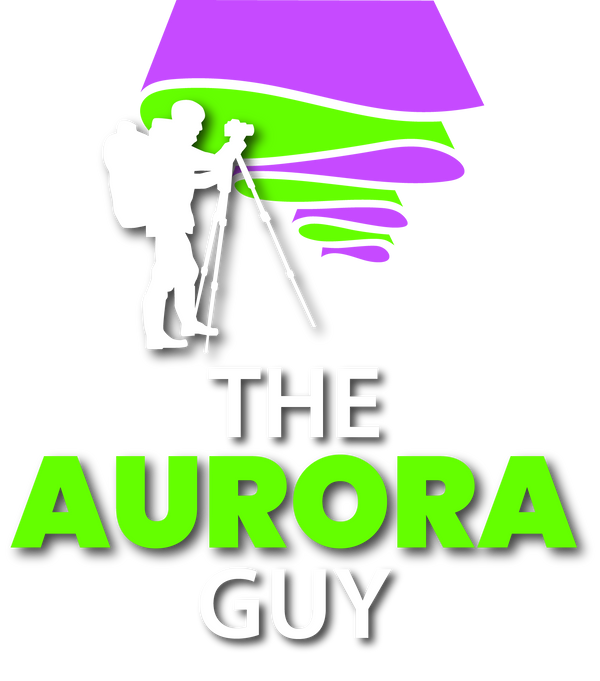
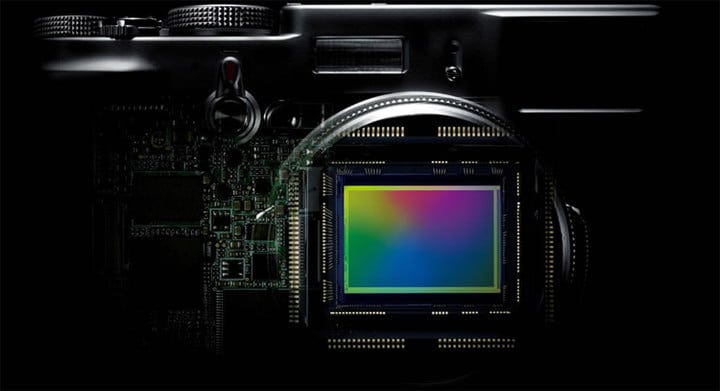
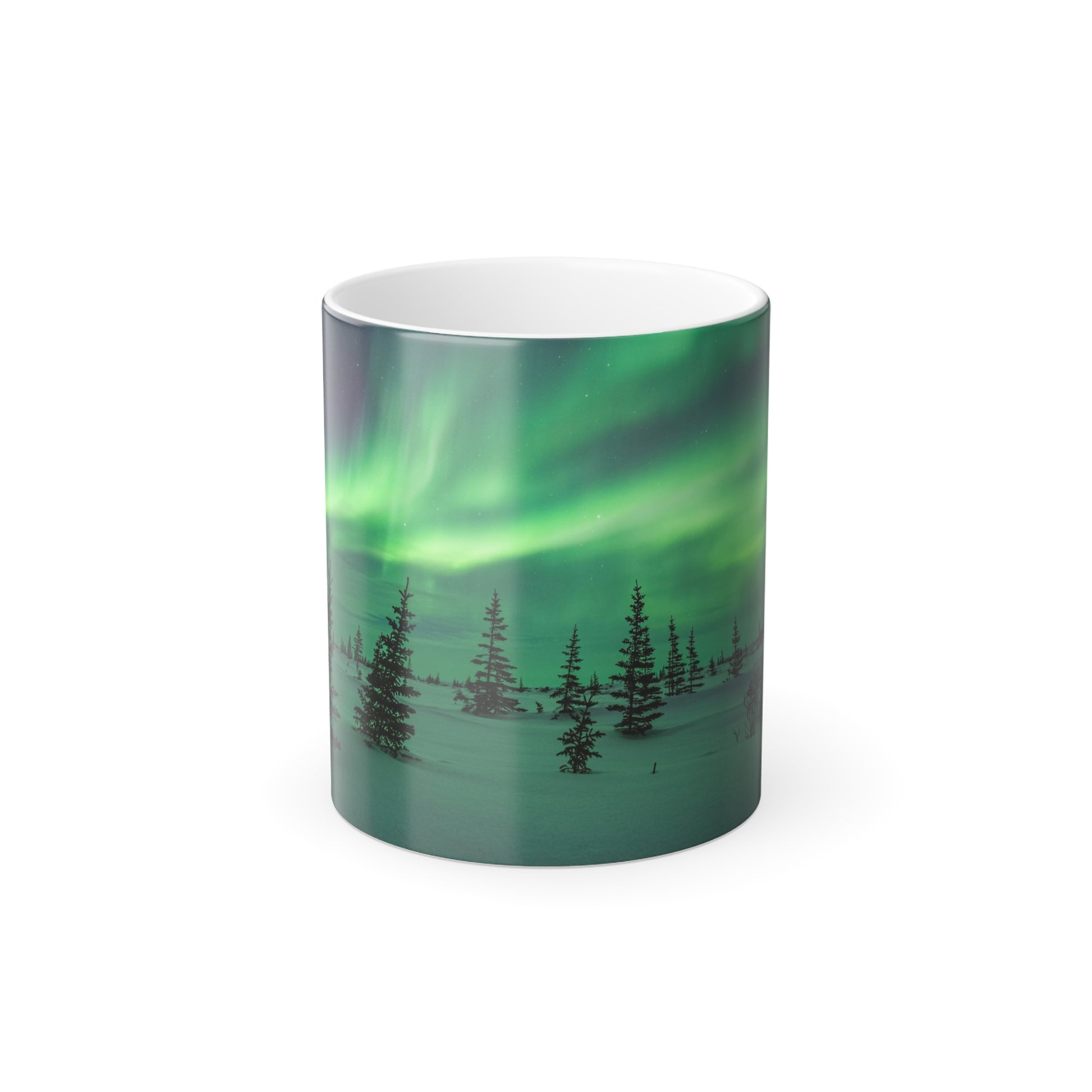
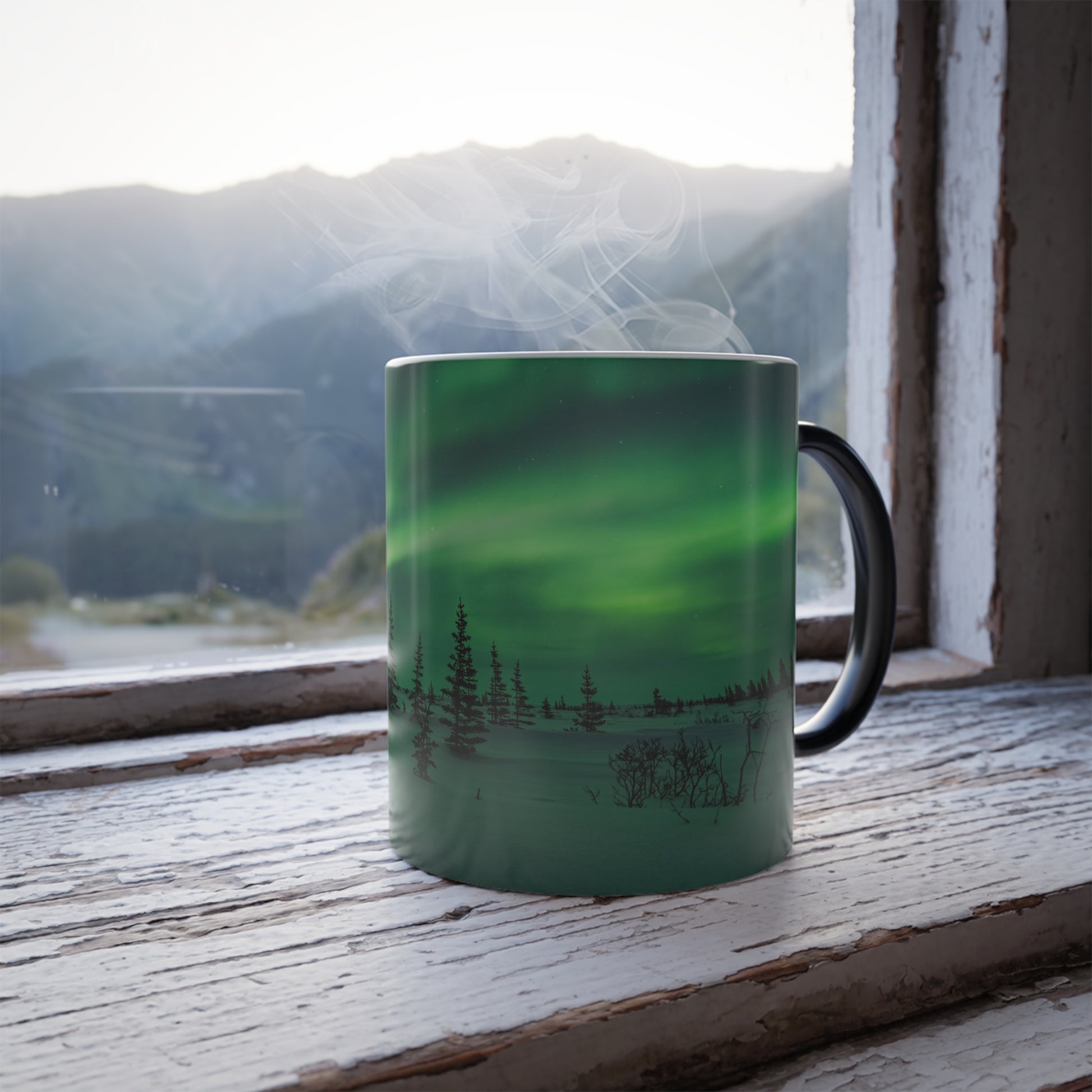
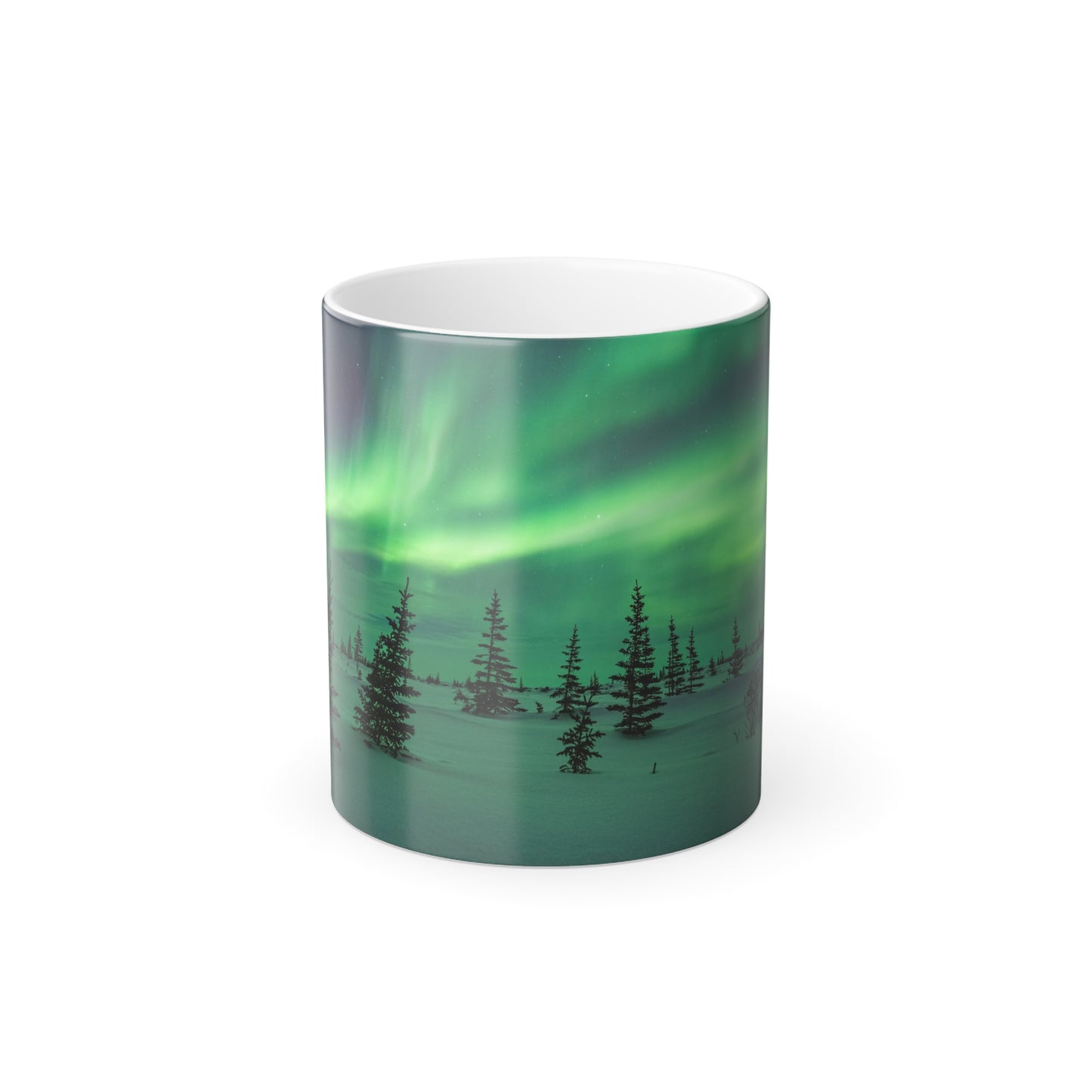
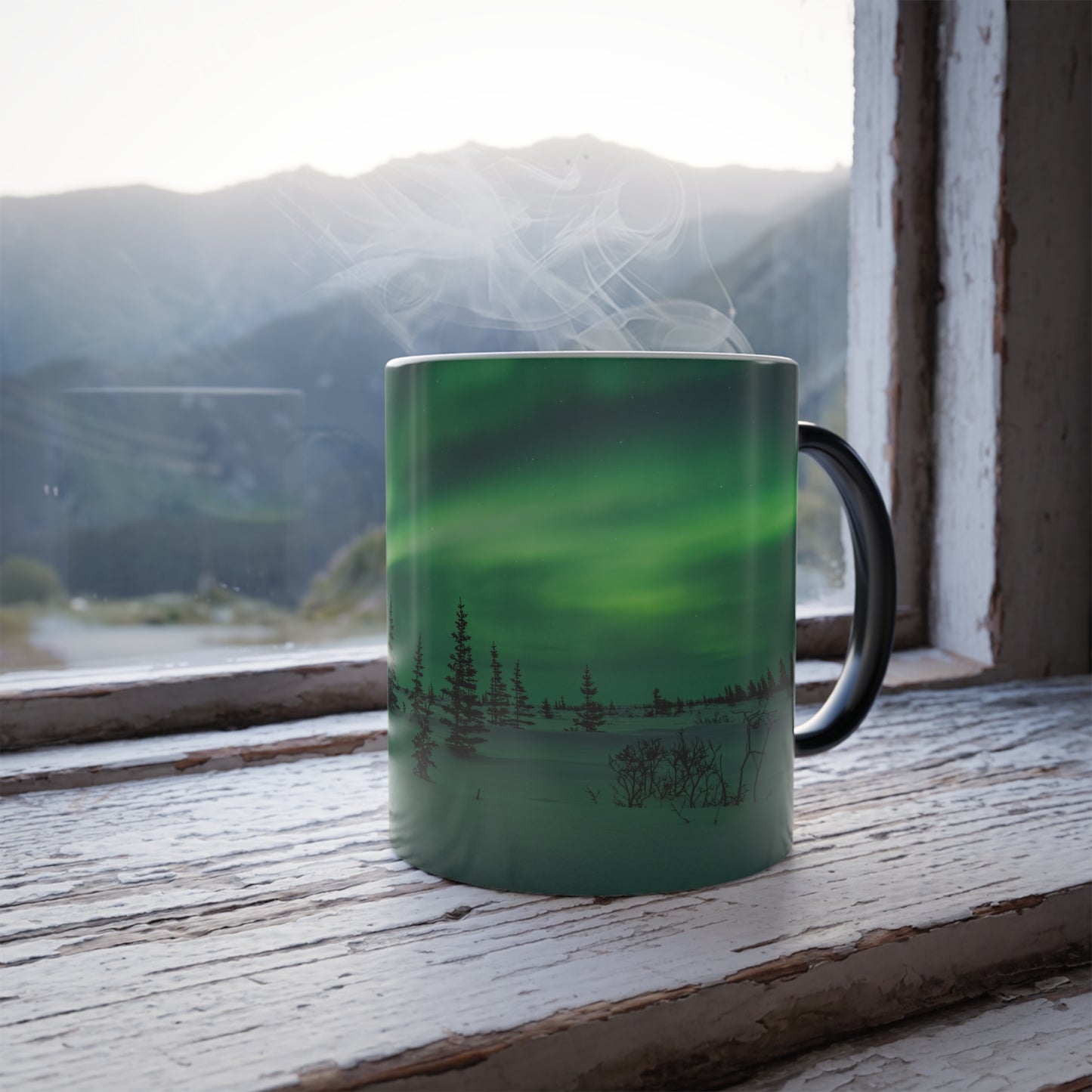

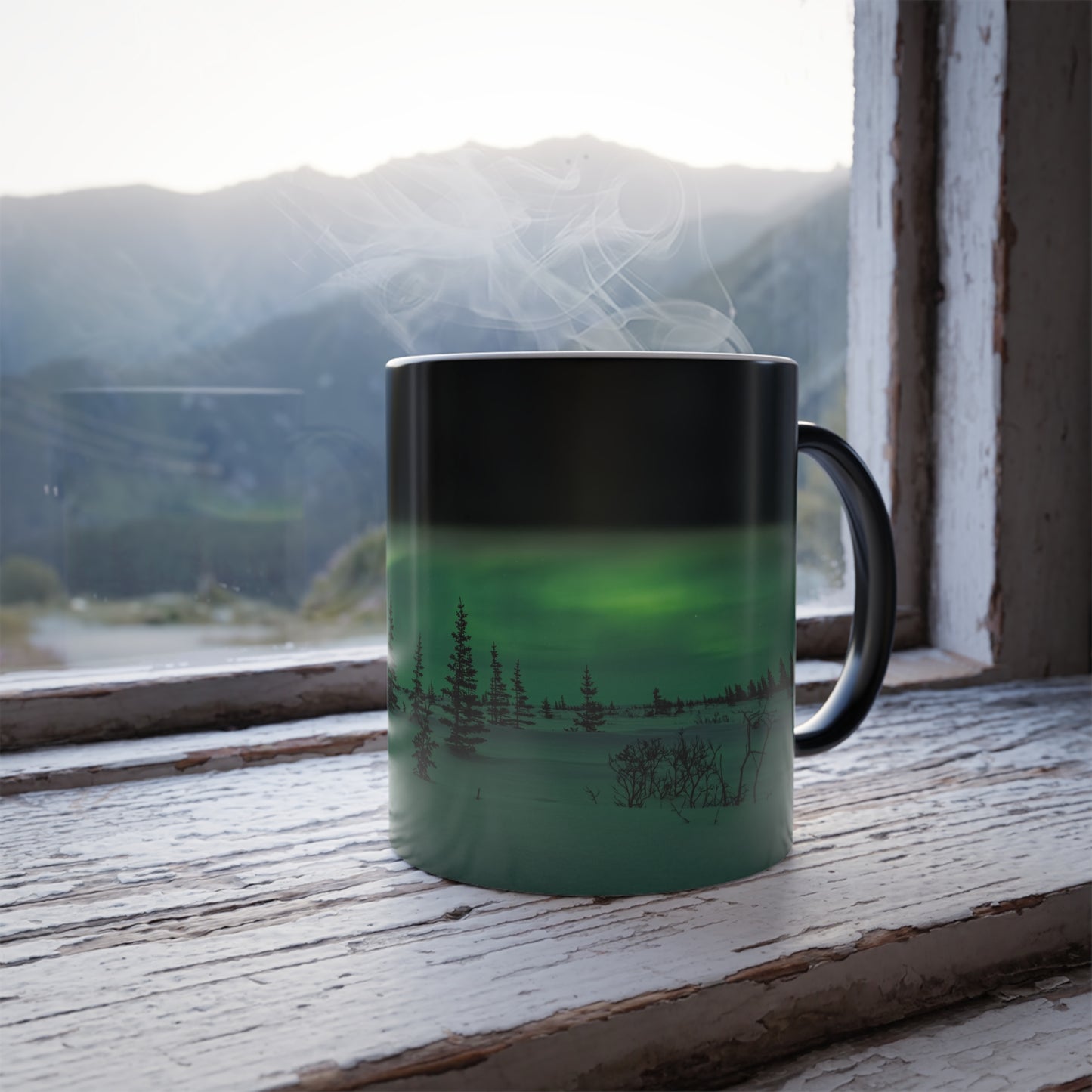
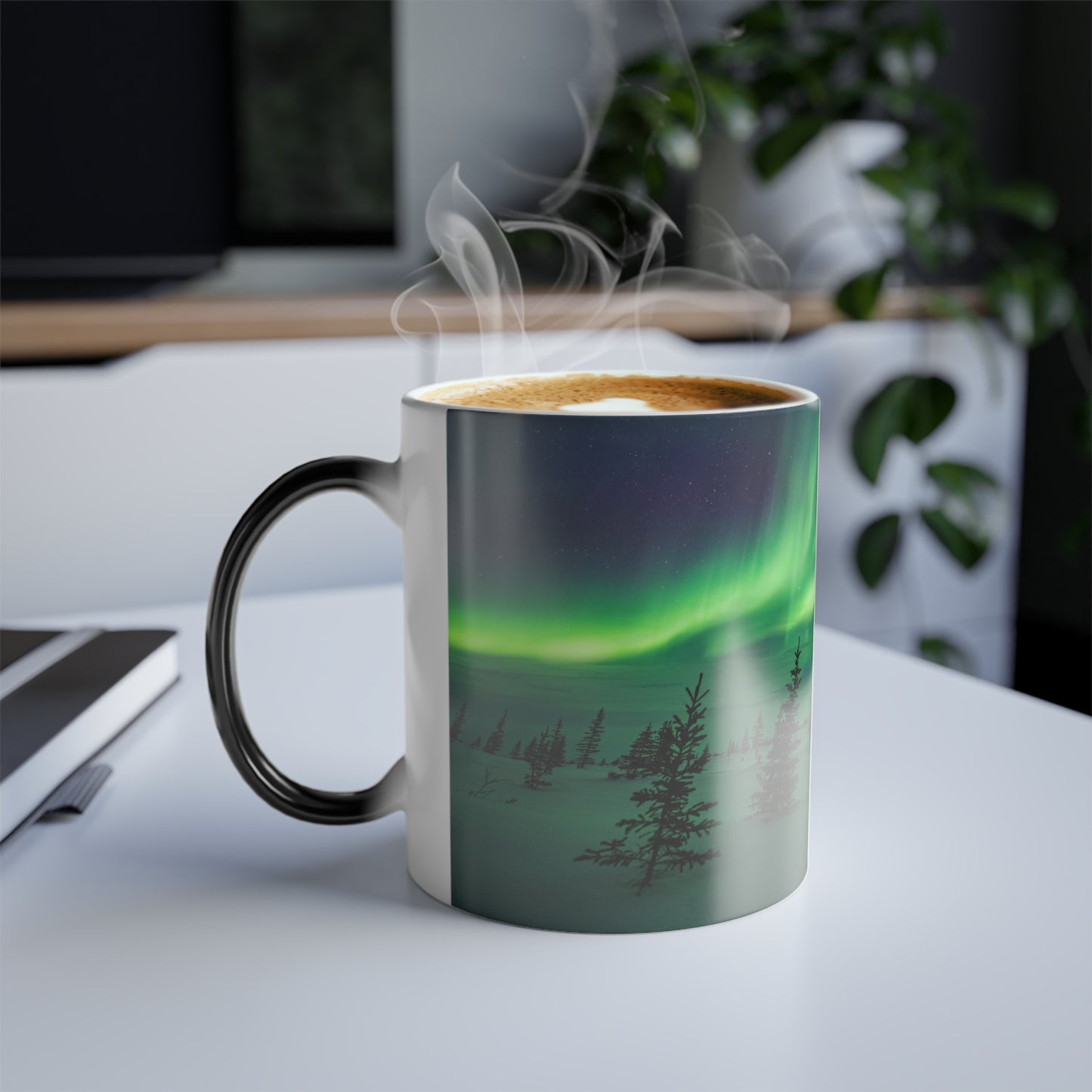
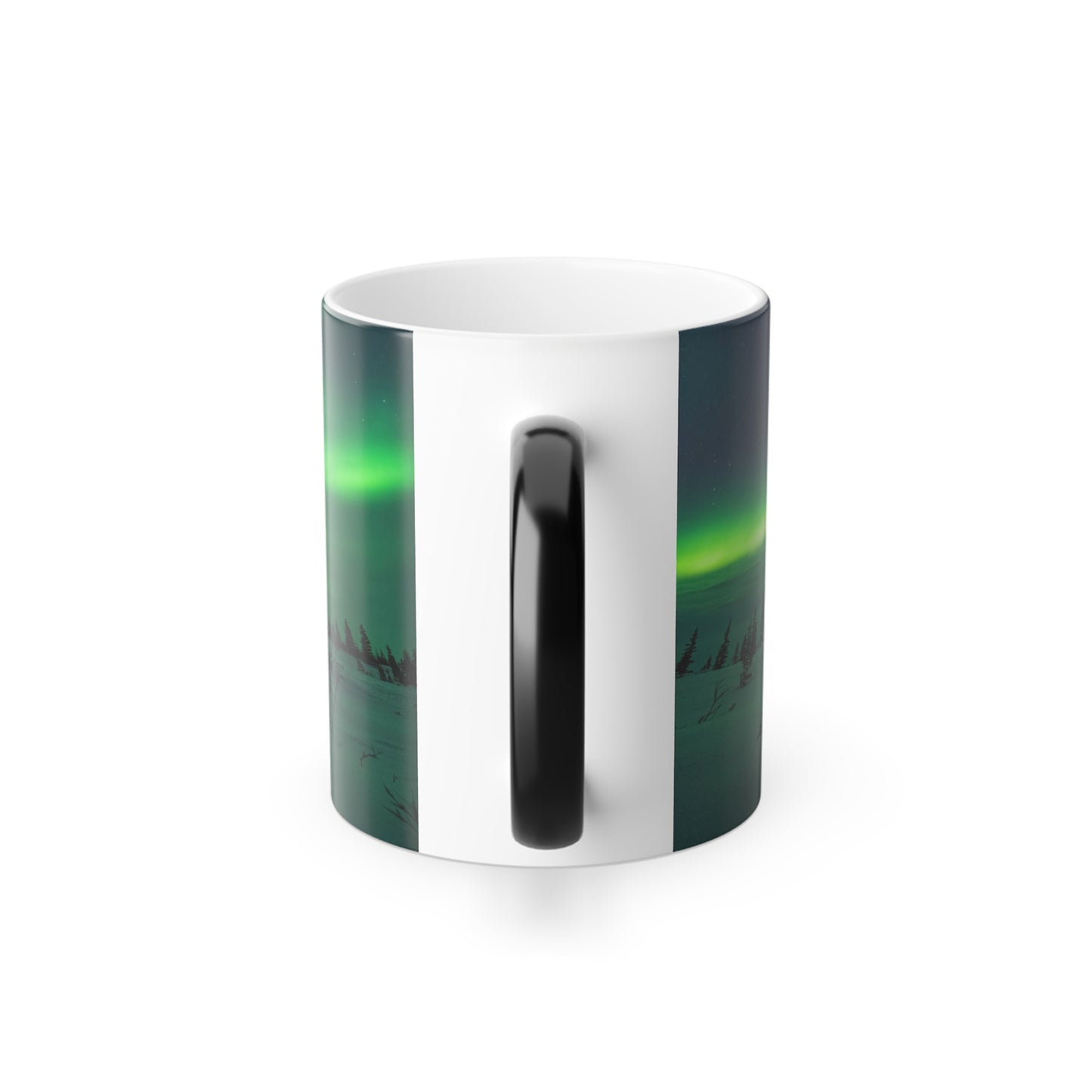
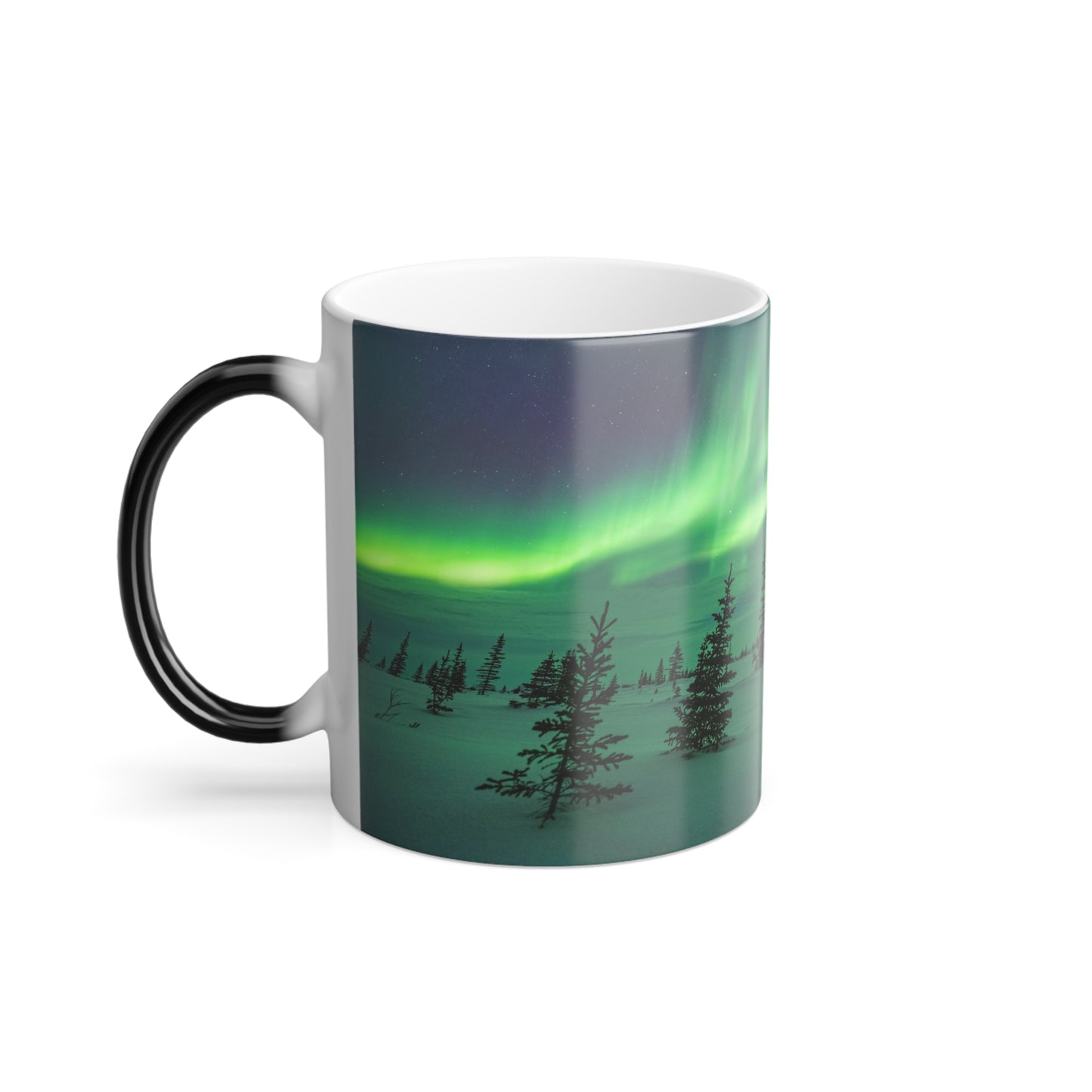
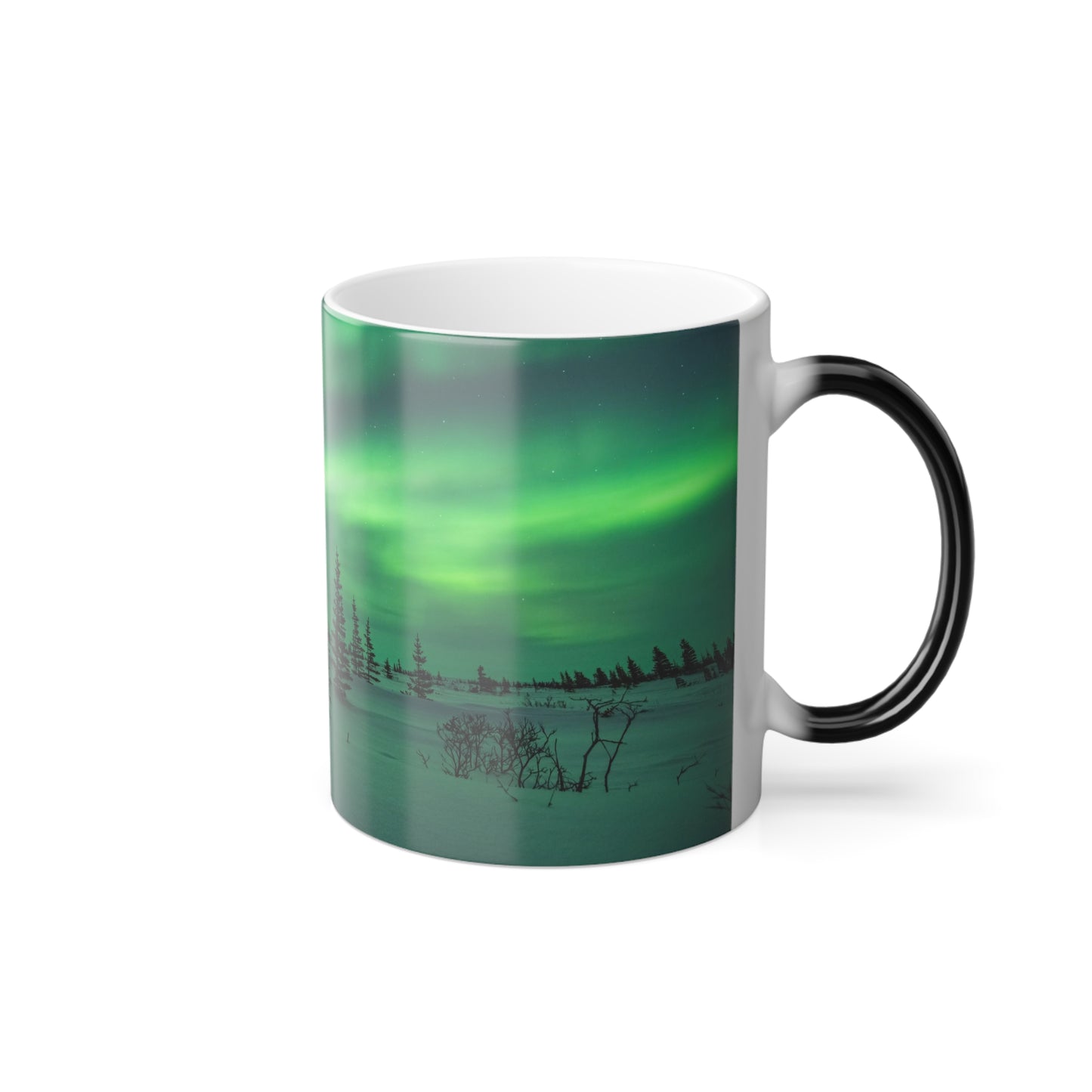
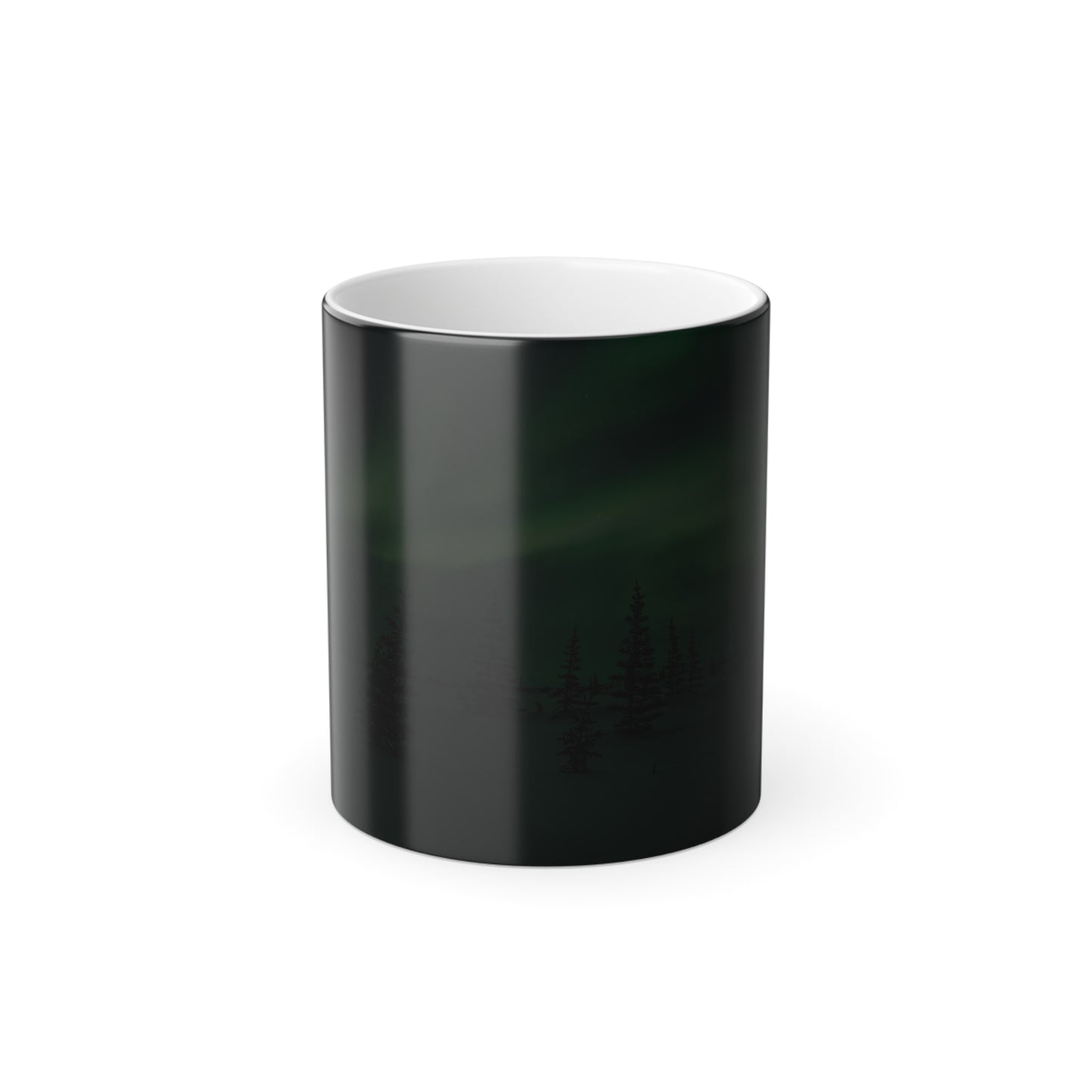
3 comments
Thank you very much for such an easily understood yet fully technically detailed explanation. Hats off to you for your knowledge, willingness to share it and very much for your use of the English language. Mark
“This is because if analog data is amplified in-camera, then the ratio of signal to read noise increases, since read noise is a fixed value.”
Analog data before gain is signal+noise, both fixed values, so the same ratio multiplied. After PGA is ADC.
First, let me thank you for this summation of ISO. I found it helpful – even though I’ve been in the ISO is amplification group (and not increasing sensor sensitivity – at least almost always), for most of my short photographic journey (a few years). Most explanations do not go deep enough for a full understanding – and I understand why. This said, recently a fairly well established landscape photographer, made statements I took issue with and brought them to his attention – asking for clarification. His initial statement (in this video released in July 2024) included the statement: (paraphrasing) That by increasing ISO, the file size and data increased, and the image had less relative noise. Now, to complicate matters a bit, he then suggesting increasing brightness 2 stops by dropping his shutter speed 2/3rds of a stop, and increasing ISO 1 1/3 stops. He then showed how the resulting image size was much bigger. And then put forth that it had less visible noise. I don’t want to get too far down this rabbit hole, but I suggested to him that lowering his shutter speed by 2/3rds of a stop, in and of itself, would increase the amount of data and improve S/N – and without knowing a whole lot more – I wouldn’t know if increasing his ISO 1 1/3 might have produced less noise increase than the slowing of his shutter speed, and better exposure, produced shot noise lowering. He was nice enough to respond, but then brought up the following scenario: He took two shots in a dark, mud hut in some far off location. The shot where he increased only ISO seemed to every audience to demonstrate less noise than that at lower ISO. At this point, I felt like discussing it any further through YouTube comments was not going to help. I told him I’d have to know a lot more about the camera etc he was using to understand the concept and see the photo. I didn’t think (or know) about ISO-Variant camera sensors having less noise at higher ISOs because of hitting the ceiling that you mention. That aside, he seemed to be arguing that ISO does not amplify in a linear fashion. Even so, I’m not sure I followed that argument. I’ve also read in blogs 12 years old, by “scientists”, that raising ISO effects different colors to a different amount, and there are lots of factors at play with S/N. As you mention, this is enough to make you just want to go out and shoot – and stop reading. One individual on YouTube also suggested that raising your ISO changes the characteristics of objects (i.e. making shiny objects appear to have a matt finish). I can’t tell you how much I appreciate your post here, and I need to ask you is there somewhere you can point me for further elucidation on this topic. Wish you were local. I think I could have a chat with you over this and what creates dimensionality in an image/lens for many an afternoon! Thanks. Bruce